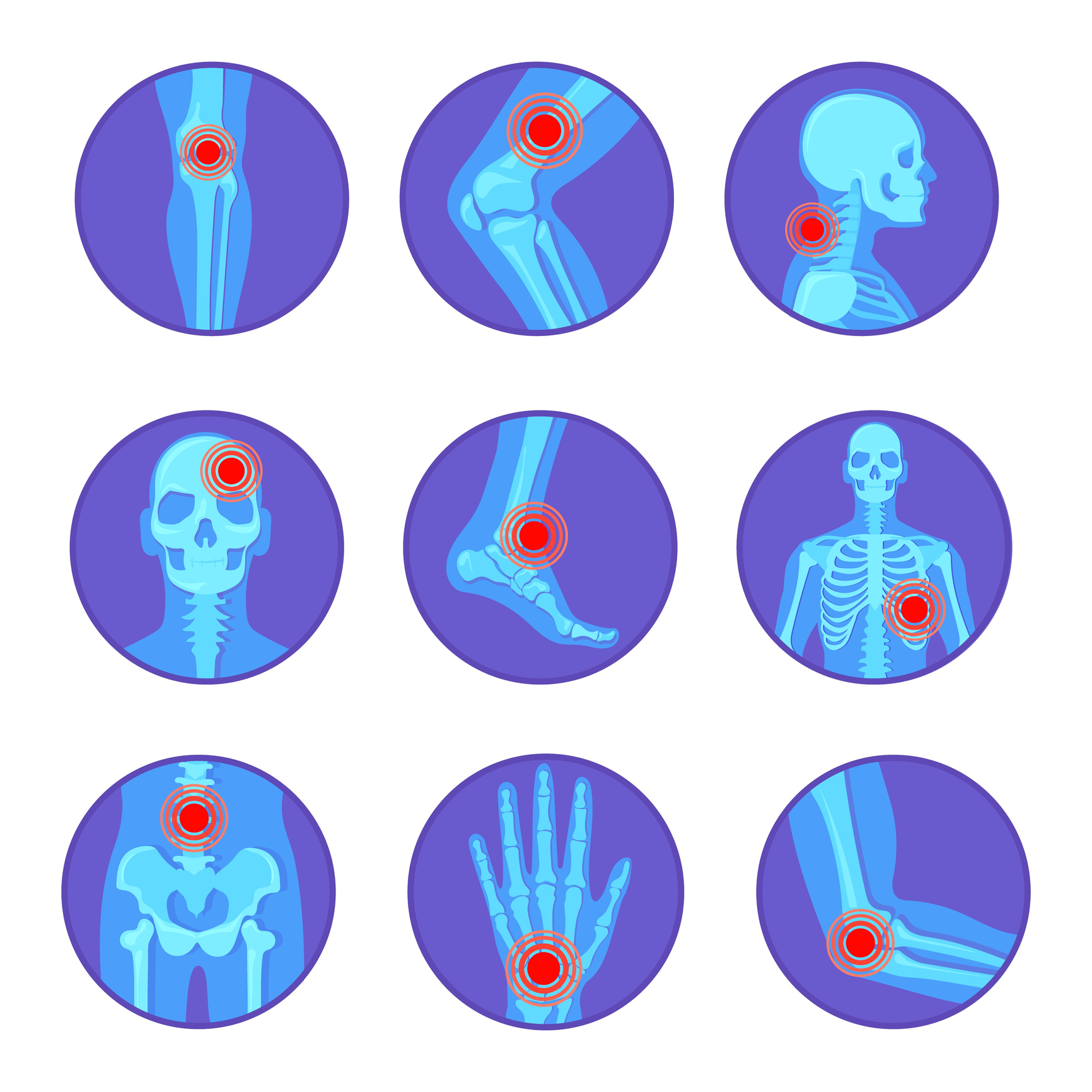Ankle fusion is a treatment option for end-stage ankle arthritis. Fusion site stability and optimal foot positioning are crucial parameters. We present the results of our double fixation technique, combining both cross-screw fixation and Ilizarov external fixator frame via transmalleolar approach. We reviewed the files from 52 patients operated for ankle fusion in our center. In our technique, we use a transmalleolar approach, initial stabilization with 2 cannulated, half-threaded cross screws, and final stabilization with an Ilizarov external fixator frame. Fusion stability, weightbearing time, complication rates, and final functional scores were recorded and evaluated. Mean frame removal time was 11.2 ± 2.1 weeks, and 71.6% of patients were fully weightbearing at that time. Absolute fusion stability was reported in 88.46% of patients at that time, while no pseudarthrosis was noted in final follow-up at 12 months. According to the American Orthopaedic Foot & Ankle Society (AOFAS) hindfoot-ankle score evaluation at 12 months, 90.4% of patients reported excellent and 9.6% good results. None of the patients was referred for symptomatic forefoot arthritis, and there were no cases of deep infection or deep vein thrombosis. Material-related complications were reported in 1 patient who was treated with implant removal after 1 year. Ankle fusion is a salvage procedure that offers optimal results in end-stage ankle arthritis. Our technique offers absolute fusion site stability with excellent functional results, minor complications, and the advantages of early protected weightbearing. Careful patient selection in addition to fine foot positioning should be regarded as crucial for the final outcome.Copyright © 2019 the American College of Foot and Ankle Surgeons. Published by Elsevier Inc. All rights reserved.
Results and Outcomes of Combined Cross Screw and Ilizarov External Fixator Frame in Ankle Fusion.


